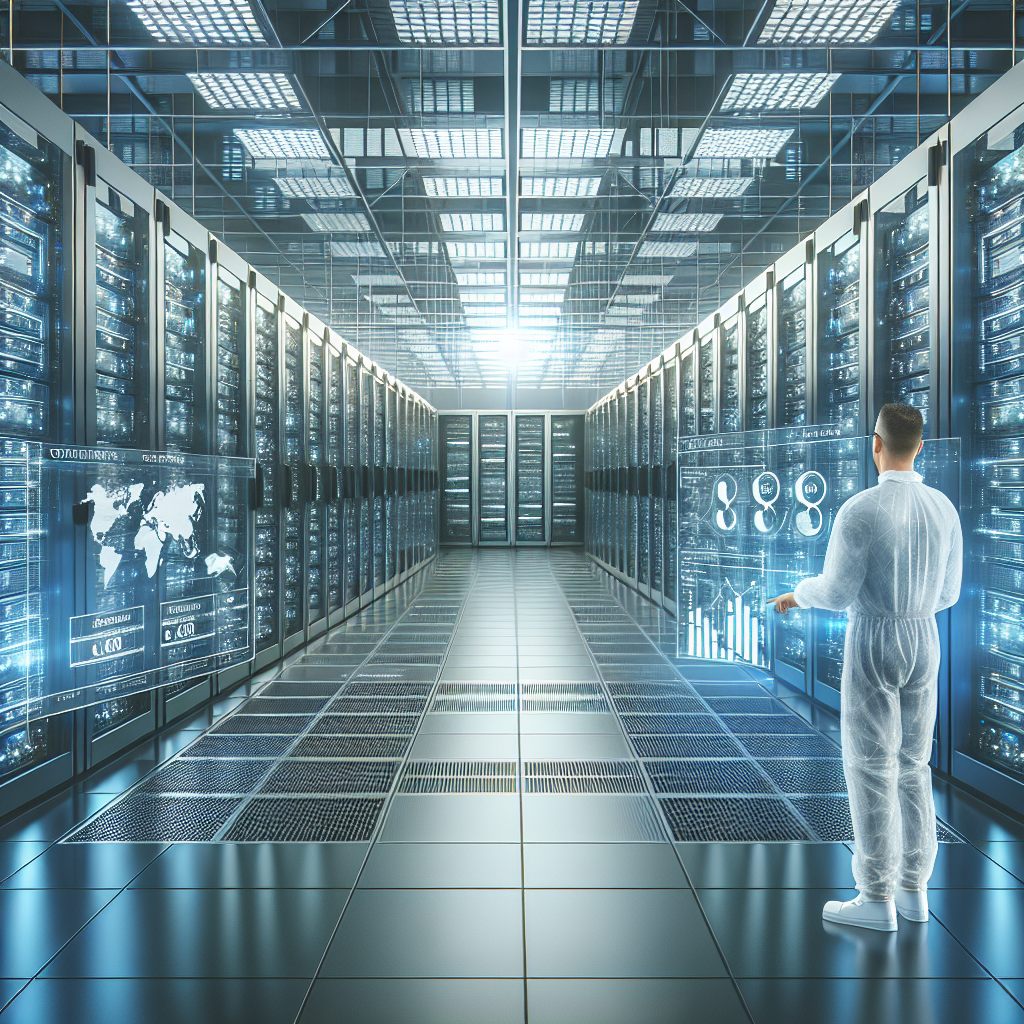Your cart is currently empty!
Driving Efficiency in Data Centers: Best Practices and Tips

Data centers are the backbone of the digital world, powering everything from websites to cloud services. However, as the demand for data storage and processing continues to grow, so does the need for energy efficiency and sustainability in these facilities. Driving efficiency in data centers is not only important for reducing operational costs but also for reducing environmental impact.
Here are some best practices and tips for driving efficiency in data centers:
1. Virtualization: Virtualization allows multiple virtual servers to run on a single physical server, reducing the number of physical servers needed and therefore reducing energy consumption. By consolidating servers and optimizing resource utilization, data centers can significantly reduce their energy usage.
2. Energy-efficient hardware: Investing in energy-efficient servers, storage devices, and networking equipment can help data centers reduce their energy consumption. Look for equipment that is ENERGY STAR certified and has high-efficiency power supplies to maximize energy savings.
3. Efficient cooling: Cooling accounts for a significant portion of a data center’s energy consumption. Implementing hot aisle/cold aisle containment, using energy-efficient cooling systems, and optimizing airflow can help reduce cooling costs and improve efficiency.
4. Server power management: Implementing server power management techniques such as dynamic voltage and frequency scaling can help data centers adjust server performance based on workload, reducing power consumption during periods of low activity.
5. Renewable energy: Consider using renewable energy sources such as solar or wind power to supplement or replace traditional grid electricity. By investing in renewable energy, data centers can reduce their carbon footprint and reliance on fossil fuels.
6. Monitoring and optimization: Regularly monitor and analyze data center performance to identify areas for improvement and optimization. By tracking energy usage, cooling efficiency, and server utilization, data centers can make data-driven decisions to improve efficiency.
7. Data center design: When designing a new data center or expanding an existing one, consider factors such as location, orientation, and layout to maximize energy efficiency. Implementing energy-efficient design principles such as natural cooling, efficient lighting, and efficient power distribution can help reduce energy consumption.
By implementing these best practices and tips, data centers can drive efficiency, reduce operational costs, and minimize their environmental impact. With the growing demand for data storage and processing, driving efficiency in data centers is more important than ever to ensure a sustainable digital future.

Leave a Reply